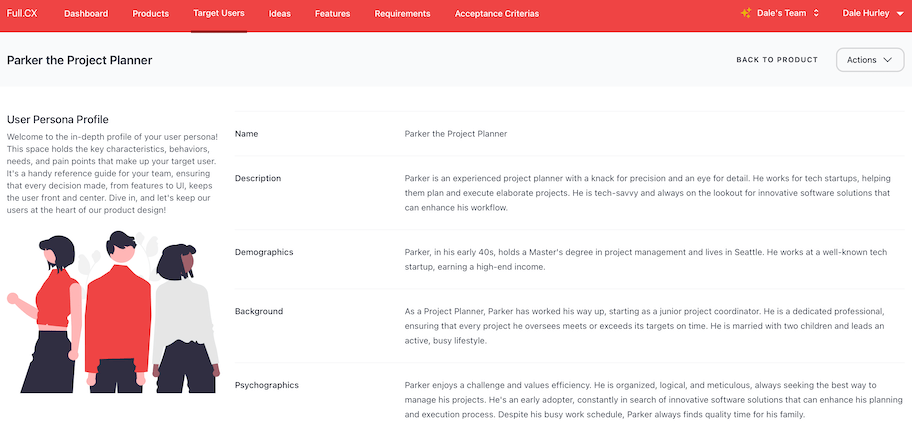Innovation stands out as the single most critical element for long-term success and survival. But fostering an innovation-driven culture stretches far beyond simply having a few brainstorming sessions or installing a suggestion box in the break room. It is about nurturing an environment where creativity flourishes, and breakthrough ideas are part and parcel of daily operations.
So, how do companies transform their work environments into hubs of innovation?
One of the foundational steps is to encourage a mindset of continuous learning. Industries evolve at breakneck speeds, and what was cutting-edge yesterday may be obsolete tomorrow. By promoting ongoing education and development, companies ensure their employees stay on top of trends, technologies, and methodologies that can lead to the next big idea.
Moreover, collaboration should be more than just a corporate buzzword. True innovation is a team sport. Encouraging cross-departmental partnerships can ignite sparks that lone efforts might miss. When individuals with diverse skill sets, perspectives, and experiences come together, the results can be truly transformative.
Another integral component is to cultivate a safe space for failure. The fear of failure can stifle innovation, leaving potentially groundbreaking ideas unspoken or untried. The most innovative companies understand that failure is simply the first attempt in learning. By reframing failures as growth opportunities, businesses can encourage risk-taking and out-of-the-box thinking.
Leadership also plays a significant role in promoting an innovative culture. Leaders must lead by example, practicing what they preach. Having a senior management team that is visibly engaged in innovation initiatives motivates employees at all levels to contribute their ideas and solutions.
In addition, it's essential to streamline processes to allow for agility. Innovation can often be slowed down by cumbersome processes or bureaucratic red tape. Companies that prioritize quick decision-making and empower employees to act on their ideas can accelerate the innovation cycle.
Lastly, recognizing and rewarding innovation reinforces its value within the company culture. Celebrating successes, and even valiant efforts that may not have panned out, sends a clear message: innovation is key to our success, and everyone is a stakeholder in that mission.
Truly embedding innovation into the corporate culture is not a quick fix—it's an ongoing process. It requires commitment from all levels of an organization and a clear vision of the innovative future you aim to create. When every member of a company feels empowered to innovate, the potential for growth and success is boundless. With the implementation of these practices, companies can ensure they're not just participants in their respective industries, but leading the charge towards a more inventive and dynamic future.
Empowering Your Product
Team for Success.
Start using Full.CX today.
Smart tools to streamline your transition from concept to concrete specifications.

